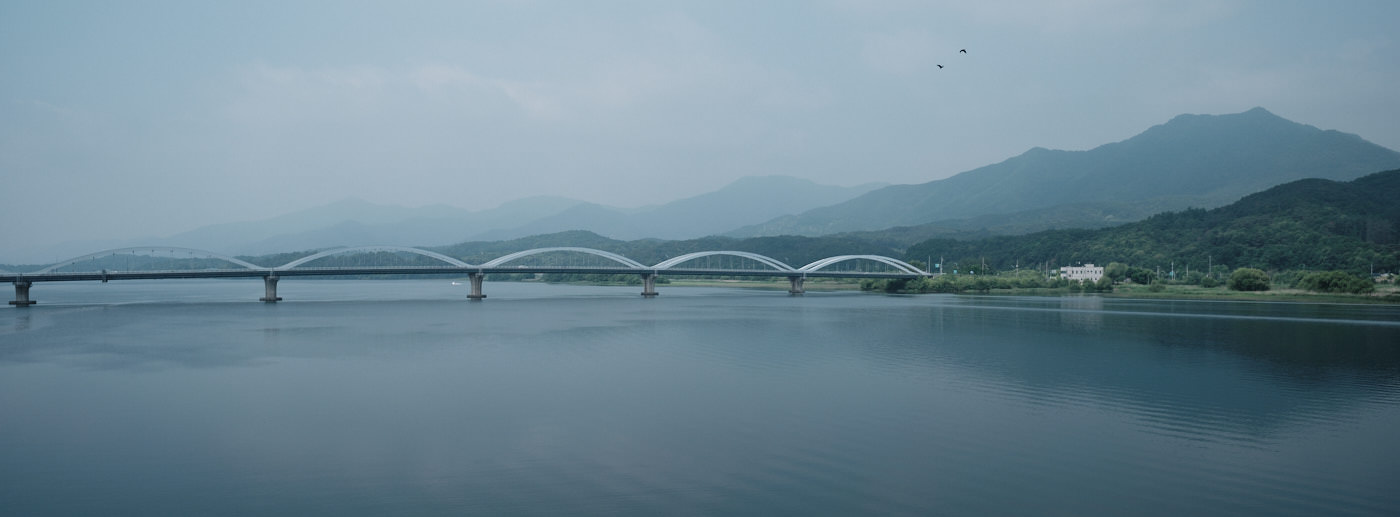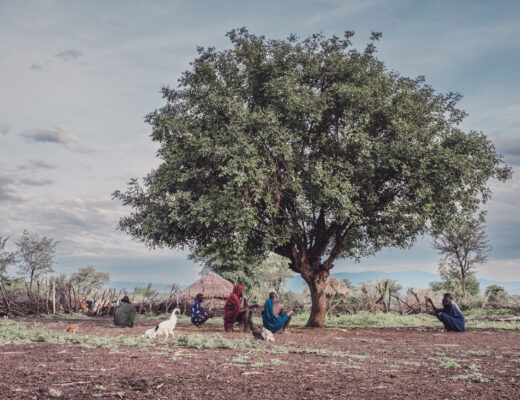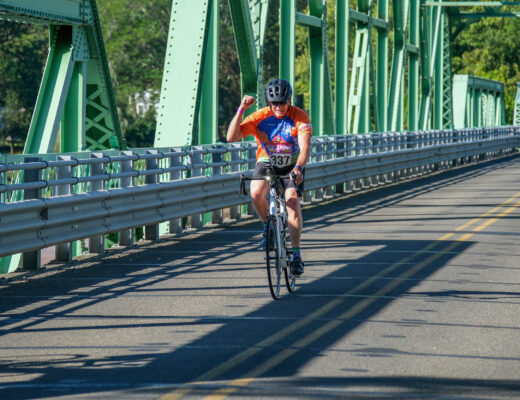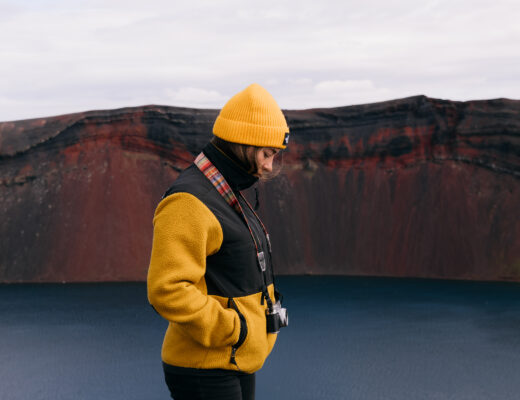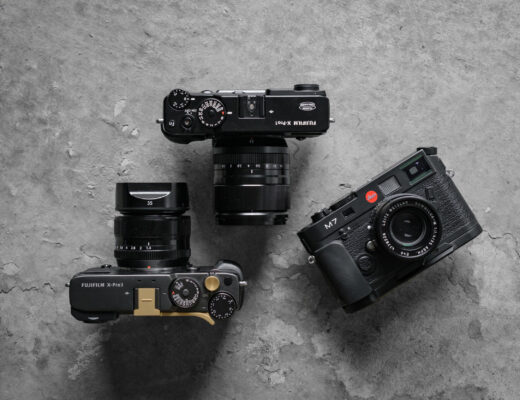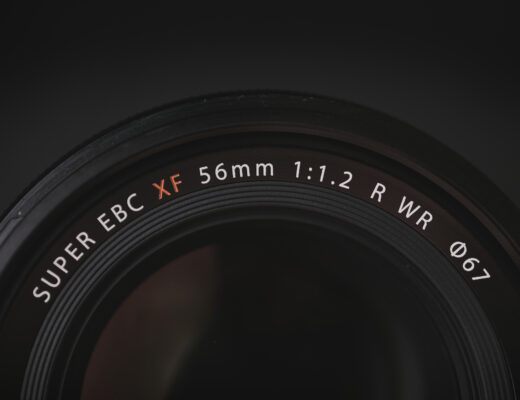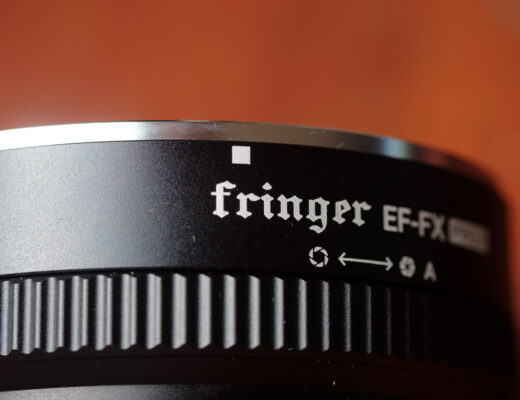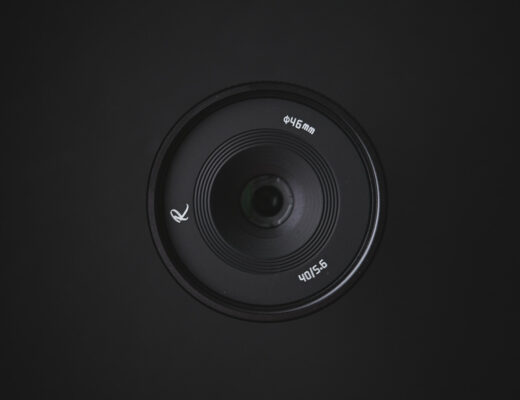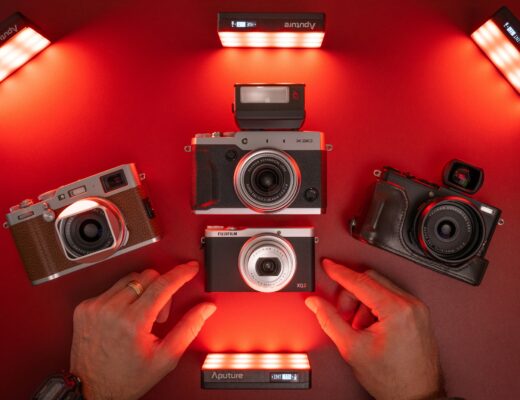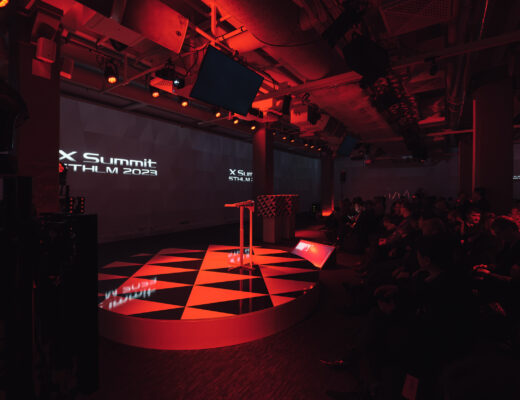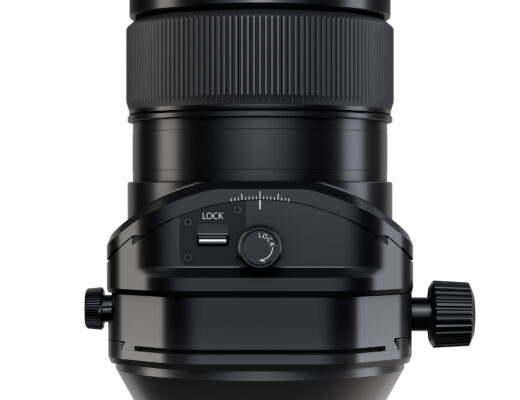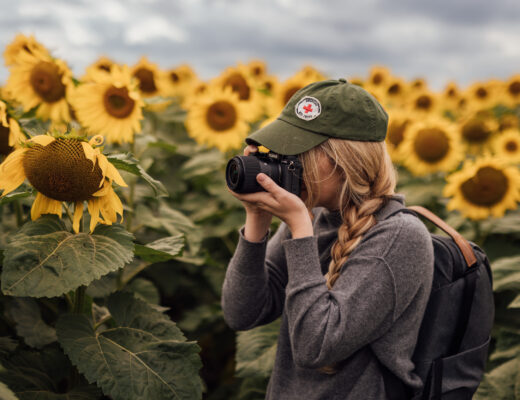Fujifilm’s two rangefinder-styled X Series cameras have always held a special place in my heart. From the buggy mess that was my X100S and my partner-in-crime’s original X-Pro1, all the way to my current ‘EDC’ (everyday carry), the X100V, they’ve been the thing that really defined Fujifilm’s approach to cameras for me.
Neither series has ever really been the flagship or the best that Fujifilm could offer, despite the X-Pro series carrying the word ‘Pro’ in its very name. They’ve always been hampered in certain ways that made the X-T series (or now the X-H series) the better choice for a working photographer like myself. However, there has almost always been an X-Pro or X100 camera in my cabinet for the last 10 years. Right now, I’m lucky enough to be in possession of both current models, the X100V and the X-Pro3.
The reason for this is that one will stay and one will go. I’ve recently been feeling the itch to have my everyday camera be a little more capable and versatile, so I decided to pick up a reasonably priced second-hand X-Pro3 against my better judgment (that screen, eh?) and give it a month while leaving the X100V in the cabinet the whole time. I won’t be making the call in this article but I do want to offer my practical thoughts on these two cameras.
Size and weight
The X100V has always appealed to me as it’s really not much bigger than a basic point-and-shoot camera. For me, it’s always been the camera that’s just dangling from my wrist or tucked in a pocket whenever I leave the house. It weighs next to nothing and, even when paired with the conversion lenses, takes up very little space.
I immediately felt the size of the X-Pro3 in comparison. Not only is the body bigger but it grows as large and heavy as you’d like with the lenses you pair with it. To get faster apertures and better image quality than the X100V, I can take the XF18mmF1.4, XF23mmF1.4 and XF33mmF1.4 to cover the same focal lengths, not to mention the excellent autofocus offered by those lenses. However, at that point, the weight has doubled and the size has increased significantly.
In this regard, the X100V is certainly my choice for the small package required to do so much. The images, on the other hand, change considerably when the X-Pro3 is paired with the right lenses. The sensor may be the same but the X-Pro3 has the advantage of being able to pair it with the best glass.
Versatility
It is that very factor that gives the X-Pro3 a huge edge over the X100V in terms of its usefulness. You’re not limited to just those three ‘street’ focal lengths. If you want to, you can pair the X-Pro3 with any lens Fujifilm or any of the third-party manufacturers makes.
I instantly started taking the X-Pro3 out with lenses that I couldn’t take with the X100V; the Viltrox 13mm and 75mm have been favourites to get something very different. But even just taking the faster aperture equivalents and getting that slightly better image quality and shallow depth of field has been a treat.
But then it hit me – one of my favourite things about the X100V is its screen. I didn’t realise how used to getting high angle shots I was until I put the X-Pro3 in my hands. Not being able to hold the camera above my head for a high angle quickly became a sticking point. It was like going back to film and holding the camera up for a “Hail Mary!”.
The screen conundrum
So, the screen. I know what Fujifilm was going for with this: ‘Pure’ photography. Stripping away the digital feeling and taking you back to actually having to compose through the viewfinder and chimp by opening up the screen or enabling the EVF. And there we have it: the EVF. It’s still there and it’s still needed for so many lenses. Thus, the hidden screen becomes a ‘Pure’ pain in the proverbial. It forces you to remember that you’re using a stripped-back digital camera each and every time.
In this sense, the X100V is certainly the more versatile camera. Whether you use them or not, the options are there. The screen can be turned on or off as you like and the viewfinder, just like the X-Pro3, can be used in EVF or OVF modes.
The leaf shutter & built-in ND
The other thing that makes the X100V a more versatile camera is its leaf shutter. This allows for the native use of flash at much faster shutter speeds than with a focal plane shutter. The native sync speed of 1/4000 of a second coupled with the 4-stop built-in ND filter allow for daylight to be neutralised and even the smallest of hotshoe flashes to be used to create beautiful portraits or whatever else you might want to do with flash.
The leaf shutter I can live without. Sure, it’s cool and it does offer possibilities. But those are possibilities that I never really take advantage of. Typically, if I’m working with flash, I’m breaking out the big guns and using high-speed sync with my GFX or I’m working in the studio where I have complete control. It just doesn’t fit my workflow.
The ND filter, though? That was another thing I didn’t think I’d miss. Have you ever tried using an f/1.2 lens in broad daylight? That means either an ND filter or electronic shutter. Or have you ever wanted to get a 1/4 second shutter speed in reasonably bright light and not been able to stop down far enough? How about f/8 and a 4-stop ND? That’s built into the X100V and I use it all the time in street and landscape work.
Where do we go from here?
I promised you that I wouldn’t give you my decision on which camera to keep here. Mostly because I still haven’t made that decision but also because I don’t want the comments here to be about my decision. I’d love to hear from our readers on your experience with these cameras. Do you own (or have you owned) either or both? How do you feel about them? Which camera works best for your needs and why? Would there be any specific upgrades to the current cameras that might get you to buy the next model (I’m guessing we’ll see a few comments about IBIS in here)?





